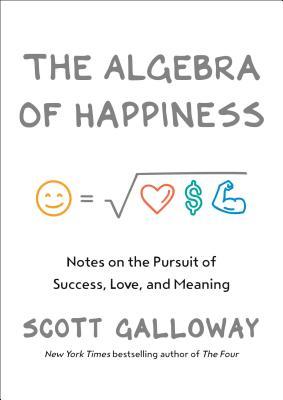Slow Fashion: Aesthetics meets Ethics by Safia Minney

My Rating of “Slow Fashion: Aesthetics meets Ethics” by Safia Minney: 7 / 10

I’ve been researching fashion sustainability over the past few months. My background is in Fashion & Retail yet I’m always wanting to learn more about this dynamic industry. Talk of sustainability is increasing day by day given its impact to the world. Safia Minney coins the term “slow fashion” and “aesthetics meets ethics” as metaphor for the world to slow the process down and get back to better practices, more ethical behaviour and to give back to the environment.
Minney runs her own clothing organisation and leverages the many trips she takes into this book. She interviews a diverse group of experts across the fashion supply chain in search for better ways to improve the process. The end consumer is ultimately driving the faster fashion hype that has taken a grip in the last decade. However this book provides ideas on how to research, procure, maintain and give back when it comes to clothing.
I’ve read a number of books on this topic lately. This one is more leaning to the supply side of fashion. Others sit on the demand side which I’ll review in due course. Given the state of the world, I’d highly recommend any consumer to read this book and understand how your clothes are made and the impact it’s having to the environment industry; more harm than good I’m afraid.
Three key takeaways from the book:
- What we call a free market externalises all the true costs of production.
- Corporate Social Responsibility is impacted by limits in regulations of companies sub-contracting from organisations cross border. The liability is then decided by the country that is manufacturing the clothing; they are not incentivised to change given economic impacts.
- Many companies are introducing the concept of EP&L (Environmental Profit and Loss) which is a step forward. That said, the Triple Bottom Line and other CSR reporting methodologies have been around long enough for companies to take hold of.




